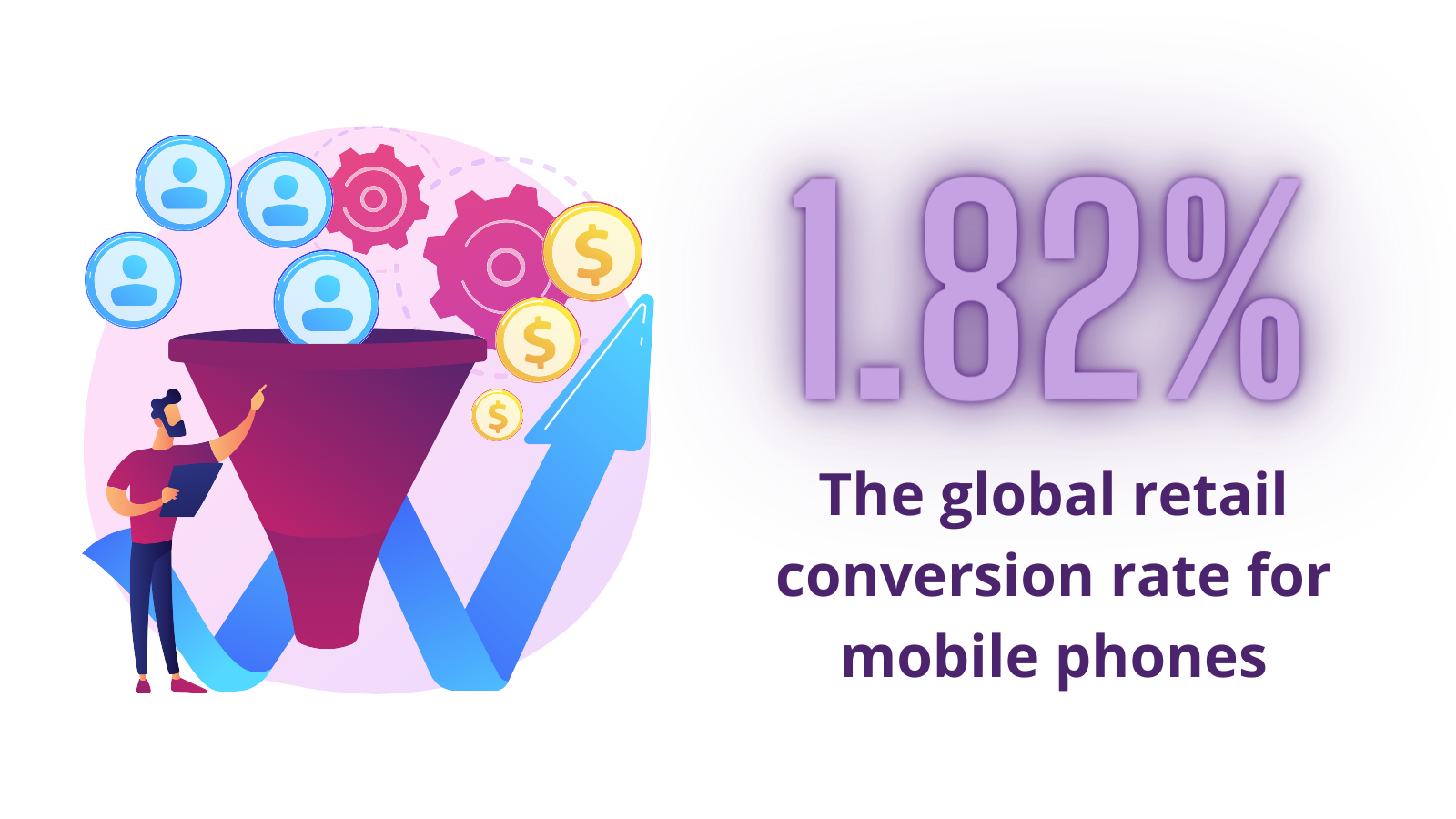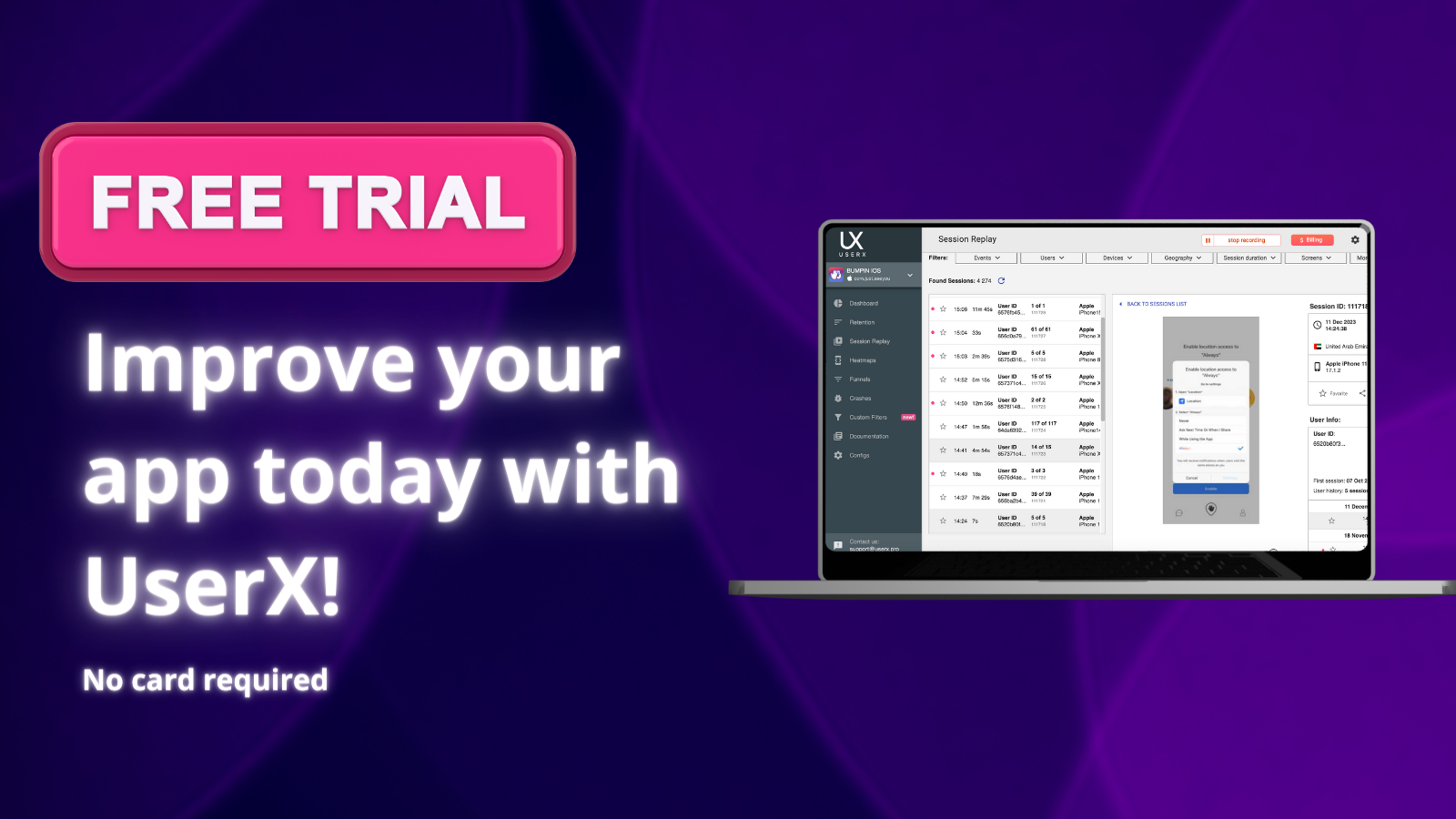Table of Contents
Introduction to Mobile App User Journey Analysis
Did you know that a staggering 88% of mobile time is spent within apps? This fact highlights the crucial role of the mobile app user journey in shaping a user's experience. Understanding this journey is not just about tracking the paths users take within an app; it's about comprehensively mapping their experiences, emotions, and interactions from start to finish. The Mobile App User Journey and the App User Experience Path are more than just sequences of actions; they are the narratives of users' experiences within a digital environment. Each step, from the initial app launch to various touchpoints and eventual actions, provides invaluable insights. These insights are key to understanding user behavior, preferences, and pain points, enabling developers and marketers to refine their apps in ways that resonate deeply with their audience. By focusing on these aspects, we can create more intuitive, user-friendly, and engaging mobile applications.
Understanding the Mobile App User Journey
The mobile app user journey is a comprehensive term that encapsulates the entire experience a user has while interacting with a mobile application. It's a journey that begins the moment a user first opens the app and continues through every interaction, decision, and action taken within the app. Understanding this journey is crucial for optimizing the app's design, functionality, and overall user experience.
So, what exactly constitutes a user journey for an app? It includes several key components:
- First Impression: The initial interaction a user has with the app. This can be the app's loading time, the onboarding process, or the first screen they encounter.
- Navigation: Refers to how users move through the app. This includes the user path in mobile app which is the sequence of steps users take to complete tasks.
- Touchpoints: Every point of interaction within the app, from clicking a button to scrolling through content. These are crucial moments that can determine user engagement levels.
- Decision Points: These are critical junctures where users decide to either continue using the app, complete a specific action like making a purchase, or exit the app.
- Exit Points: The points at which users leave the app, which can provide insights into possible issues or dissatisfaction.
- Overall Experience: The cumulative effect of the app’s usability, content, functionality, and aesthetics on the user.
By analyzing the mobile app user navigation and the overall user journey, developers and marketers can identify areas of strength and weakness within the app. This insight is invaluable for creating a more engaging and user-friendly app, ultimately leading to increased user satisfaction and retention.
Improving the Mobile App User Journey
Enhancing the mobile app user journey is pivotal for ensuring a delightful user experience and fostering app loyalty. But how exactly can one improve this journey? Let’s delve into effective strategies, incorporating elements of mobile user journey mapping and user journey analysis in apps:
In-Depth User Journey Analysis:
Begin by conducting a thorough analysis of the current user journey. This involves mapping out each step users take, identifying friction points, and understanding user motivations and challenges.
Optimize Onboarding Process:
Streamline the onboarding process to make it quick and informative. A good onboarding experience can significantly improve user retention and engagement.
Enhance User Interface (UI) and User Experience (UX):
Focus on intuitive navigation and a clean, responsive design. Simplifying the UI can make the app more accessible and enjoyable to use.
Personalization:
Tailor the user experience based on individual preferences and behaviors. Personalization can make users feel valued and increase their engagement with the app.
Regularly Update Content:
Keep your app’s content fresh and relevant. Regular updates can encourage users to revisit and explore new features or content.
Improve App Performance:
Ensure your app loads quickly and functions smoothly. Performance optimization can reduce frustration and drop-offs.
Utilize Feedback:
Actively seek and incorporate user feedback. This can provide direct insights into what users like and dislike, guiding future improvements.
Implement Analytics Tools:
Use tools for Mobile User Journey Mapping to gain insights into how users interact with your app and where they face issues.
Test and Iterate:
Regularly test new features and changes to the user journey. A/B testing can be a powerful way to find what works best for your user base.
By applying these strategies, the mobile app user journey can be significantly enhanced, leading to improved user satisfaction, higher engagement rates, and increased app success. Remember, the key to an effective user journey lies in understanding and responding to the needs and preferences of your users.
Related articles
Decoding UX Design: Bridging User Experience and Product Excellence

Identify Key User Segments
Start by defining your app's primary user segments. Understanding different user personas helps tailor the journey mapping to various needs and preferences.
Outline User Goals and Motivations:
For each user segment, identify their goals and motivations in using the app. What are they trying to achieve, and what drives them to your app?
Map Out Touchpoints:
Identify all possible user touchpoints within the app. This includes entry points, navigation paths, interaction points, and exit points.
Analyze User Flow:
Conduct a thorough mobile user flow analysis to understand how users navigate through the app. Identify the paths they take to complete specific tasks and any barriers they encounter.
Document Emotional Experience:
Note down the emotional responses users might have at different stages of their journey. Understanding emotional triggers can help in enhancing the overall user experience.
Gather and Integrate Data:
Utilize analytics tools to gather data on user behavior, app performance, and interaction patterns. This data should inform and support the journey map.
Visual Representation:
Create a visual representation of the user journey. This can be a flowchart, diagram, or storyboard, illustrating the steps users take within the app.
Identify Opportunities for Improvement:
Use the journey map to pinpoint areas for improvement. Look for stages where users drop off or experience frustration.
Iterate and Update Regularly:
The customer journey map should be a living document. Regular updates based on new data, user feedback, and changing trends ensure it remains relevant and useful.
By mapping the customer journey in your app, you gain invaluable insights into user experience journey in apps, allowing for targeted improvements and optimizations. This comprehensive understanding is key to creating a user-centric app that resonates well with its audience and achieves its goals effectively.
Related articles
User Acquisition Analytics: The Key to Unlocking Mobile App Success

UserX: Enhancing Mobile App User Journey Analysis
In the intricate process of analyzing and enhancing the mobile app user journey, UserX stands out as a powerful ally. This advanced tool offers a suite of features designed to deepen the understanding of user interactions and optimize their experiences within an app.
Session Recordings:
UserX’s session recordings provide a real-time window into how users interact with your app. By observing these recordings, developers and analysts can see firsthand the steps users take, their reactions to different features, and where they may encounter issues. This direct observation is invaluable in identifying user pain points and areas for improvement.
Heatmaps:
Heatmaps in UserX offer a visual representation of where users are most engaged on the screen. These insights reveal which parts of your app capture the most attention and which are overlooked. This data is crucial for optimizing layout, design, and ensuring that key features are prominently placed.
Conversion Funnels:
With UserX’s conversion funnels, you can track the user’s journey towards a specific goal, such as making a purchase or signing up. This feature helps in pinpointing at what stage users are dropping off and the possible reasons behind it, enabling targeted strategies to improve conversion rates.
Crash Replays:
The crash replay feature provides an essential view into moments when the app fails. Understanding the circumstances that lead to crashes helps in quick troubleshooting and improving app stability, a key aspect of user satisfaction.
Screen Flows:
Screen flows in UserX map out the journey a user takes through different parts of the app. This feature allows for a comprehensive analysis of user navigation patterns, helping to streamline the user journey and make it more intuitive.
UserX’s combination of session recordings, heatmaps, conversion funnels, crash replays, and screen flows makes it an indispensable tool for any team focused on refining the mobile app user journey. By leveraging these features, developers and marketers can gain a deeper understanding of user behavior, identify areas of improvement, and implement changes that lead to a more engaging and successful app.

Conclusion
The analysis of mobile user flow is more than just a technical exercise; it's a vital process that significantly influences the success of a mobile app. By understanding every twist and turn of the user journey, app developers and designers can create experiences that are not only user-friendly but also deeply engaging and satisfying. This thorough analysis helps in identifying areas where users might struggle and provides opportunities to enhance their journey, ultimately leading to improved user retention and higher app ratings.
Looking ahead, the future of mobile app user journey analysis is poised to become even more dynamic and insightful. We can expect advancements in artificial intelligence and machine learning to offer deeper, more nuanced insights into user behavior. These technologies will likely enable real-time analysis and adjustments, making the user experience more personalized and responsive than ever before. Additionally, as virtual and augmented reality technologies continue to evolve, they will open new frontiers in how we understand and design user journeys, offering immersive and interactive experiences that are currently unimaginable.
In conclusion, mobile user flow analysis is an indispensable part of the mobile app development process, one that will only grow in importance as technology advances. By staying ahead of these trends and continuously evolving with the changing landscape, developers and businesses can ensure that their apps not only meet but exceed user expectations, now and in the future.
FAQ
What is Mobile App User Journey Analysis?
Mobile App User Journey Analysis is the process of studying and understanding how users interact with a mobile app from the moment they open it to the completion of their desired actions. It involves mapping out each step of the user's journey to identify areas for improvement.
Why is Mobile User Flow Analysis Important?
Mobile User Flow Analysis is important because it helps app developers and designers understand the user’s experience, identify pain points, and optimize the app's navigation and functionality. This leads to improved user satisfaction and retention.
How Can I Improve My App User Journey?
To improve your app user journey, start by analyzing user behavior, streamline the onboarding process, enhance UI/UX, personalize user experiences, keep content updated, optimize app performance, actively use user feedback, and regularly test and iterate based on findings.
What are the Key Features of UserX for User Journey Analysis?
Key features of UserX for user journey analysis include session recordings, heatmaps, conversion funnels, crash replays, and screen flows. These tools provide insights into user interactions, help identify issues, and optimize the user journey.
What are the Future Trends in Mobile App User Journey Analysis?
Future trends in mobile app user journey analysis include the integration of AI and machine learning for more in-depth and predictive insights, increased personalization of the user experience, and the adoption of immersive technologies like AR and VR to enhance user interaction.
How Do You Map a Customer Journey in an App?
To map a customer journey in an app, identify user segments, outline their goals and motivations, map out touchpoints, analyze user flow, document emotional experiences, gather data using analytics tools, create a visual map, and regularly update it based on user feedback and data.



